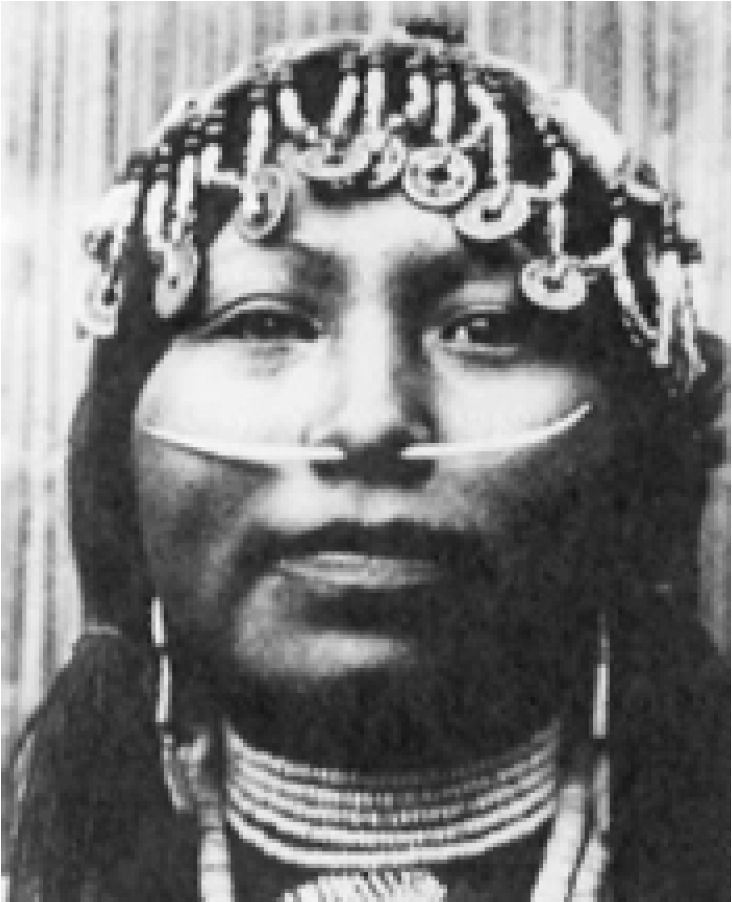By Grant Keddie
When Europeans from the Old World came to the New World of the Americas in the 16th century, they observed thousands of native societies speaking a variety of languages. These cultures ranged from small, loosely organized bands of hunter-gatherers living in small settlements, to highly organized agricultural societies with large cities.
Europeans tried to explain how these native cultures came to be in the New World. Scholars looked for clues in the main sources of information available – the Bible and the Greek and Roman classics. In 1535, a Spanish writer, Oviedo, added religious dogma to Plato’s story of the lost civilization of Atlantis. He asserted that Atlantis was a land mass extending from Spain to the Americas and that after its destruction only the American Indians survived. Versions of this fantasy have continued to circulate to the present. It is generally accepted today that the story of Atlantis referred to the Minoan Civilization in the Mediterranean which was devastated, in part, by major volcanic eruptions and tidal waves about 3600 years ago.
In 1567, a Dutch theologian, Lumnius, claimed that American Indians were descended from ten tribes of Hebrews exiled in 721 B.C. This idea formed a central part of the Book of Mormon, written in the early 19th Century. Today, the Church of Latter Day Saints, in television ads, pushes the idea that Jesus visited these tribes in the New World.
A more observant thinker in the 1570s, Jesuit Jose de Acosta, noted that the Indians looked like and had similar customs to the peoples of Siberia. Acosta suggested that the Indians came from Asia 2000 years before the Conquest of Mexico.
In the last 400 years, many different theories have been proposed regarding similarities between cultures of the Old World and the New World. These involve visits by Greeks, Romans, Celts, Phoenicians and many more. These beliefs have been perpetuated by pseudo-scientific writers who have attracted cults of followers with their ideas. It was not until the 19th century that scientific interpretation was applied to archaeological discoveries in America. Much of our present knowledge of New World cultures is from research conducted in the last 40 years.
We now know that the earliest movements of people into the New World were by way of the Bering Strait at least 15,000 years ago. However, we do not know how continuous or sporadic this movement from the Old World was. Interactions between cultures around the northern Pacific rim were probably continuous with varying degrees of intensity over time. We know, for example, that pottery from the west side of the Bering Strait was making its way into the New World around 3,000 years ago. Further south, trans-oceanic contact with foreign cultures may have been limited to specific areas at restricted time periods, but at present we have no solid evidence that this occurred.
It is generally believed that most of the development of New World cultures is the result of a combination of factors that occurred in response to local changes in population, technology, social and political organization, religion and the environment. I think that many of these changes are due to cultural interaction. For example, the course of Mayan cultural history, since very early times, has been sporadically influenced by interaction with a variety of Mexican cultures. Both direct and indirect influences have spread from Mexico to the American southwest and up the Mississippi Valley to Eastern Canada. Practices such as the artificial shaping of babies heads, the wearing of large ear spools, the use of native tobacco and weaving may have spread from the south into British Columbia.
The history of Native peoples in the Americas is not yet fully written. New evidence is being discovered and new ways of analysing it are constantly being developed.
It is important to study foreign influences on New World peoples so that we can understand how human cultures develop through time. We are interested in the circumstances that have created human cultures as we known them today and what this tells us about ourselves and where we are going in the future.
The study of the history and diversity of New World peoples is as important to our understanding of the modern world as that of Old World societies. Our conclusions about how New World cultures developed depend on whether or not they were completely isolated and independent of those of the Old World. If separate development occurred, we could compare two real-life experiments in the development of human culture: one in the Old World and one in the New World.
For Additional Reading:
Cole, J.R. “Cult Archaeology and Unscientific Method and Theology.” Advances in Archaeological Method and Theory, pp. 1-33. New York: Academic Press; 1980.
Jett, S.C. “Precolumbian Transoceanic Contacts.” Ancient South Americans, pp. 337-393. San Francisco: W.H. Freeman and Co.; 1983.
Keddie, G.R. The Question of Asiatic Objects on the North Pacific Coast of America: Historic or Prehistoric? Contributions to Human History series, 3. Victoria: Royal British Columbia Museum; 1990.
Wallace, B.J. and W.M. Hurley. “Transpacific Contacts. A Selected Annotated Bibliography.” Asian Perspective, Vol. XI. Hawaii: University of Hawaii; 1968.
